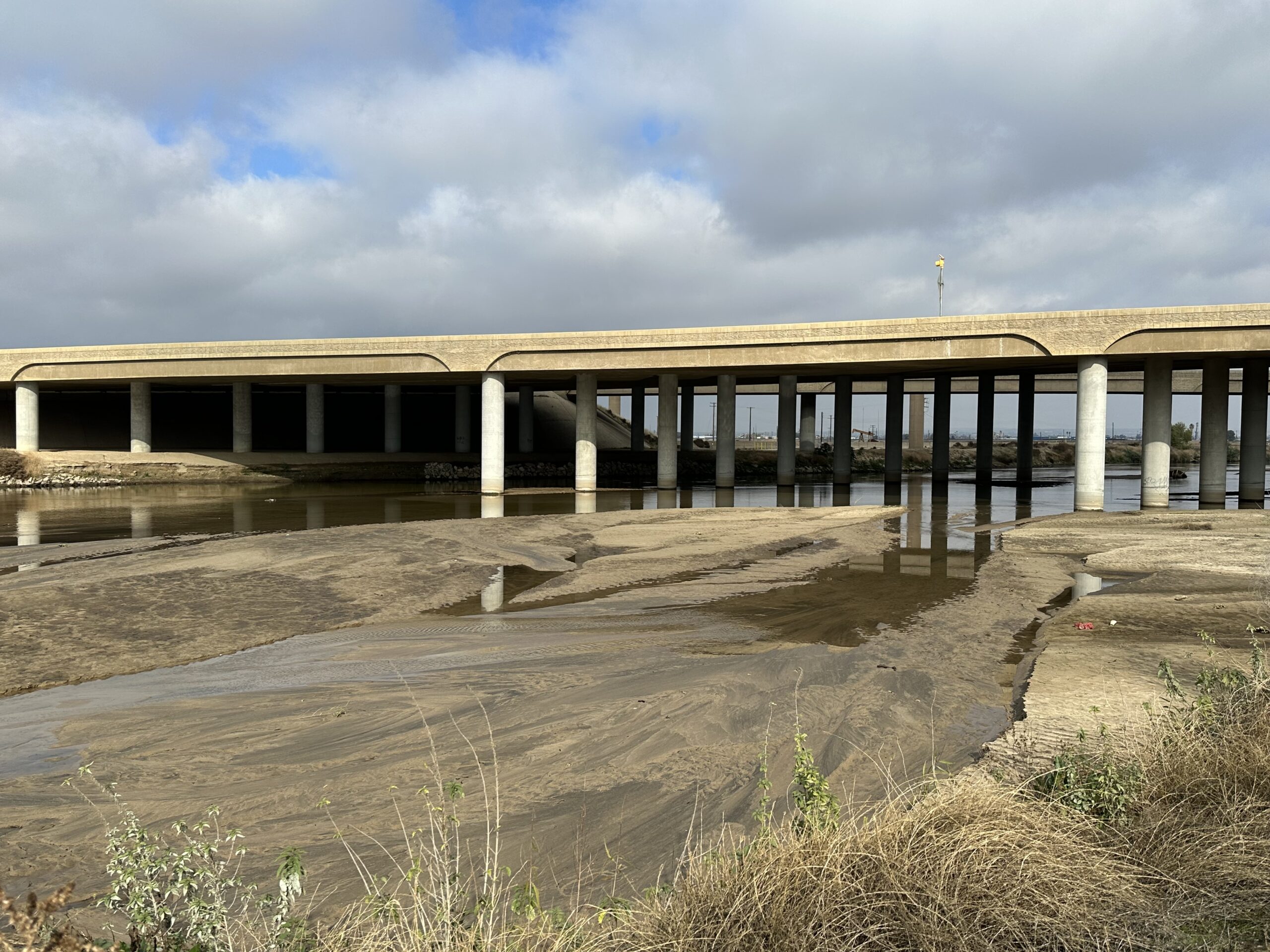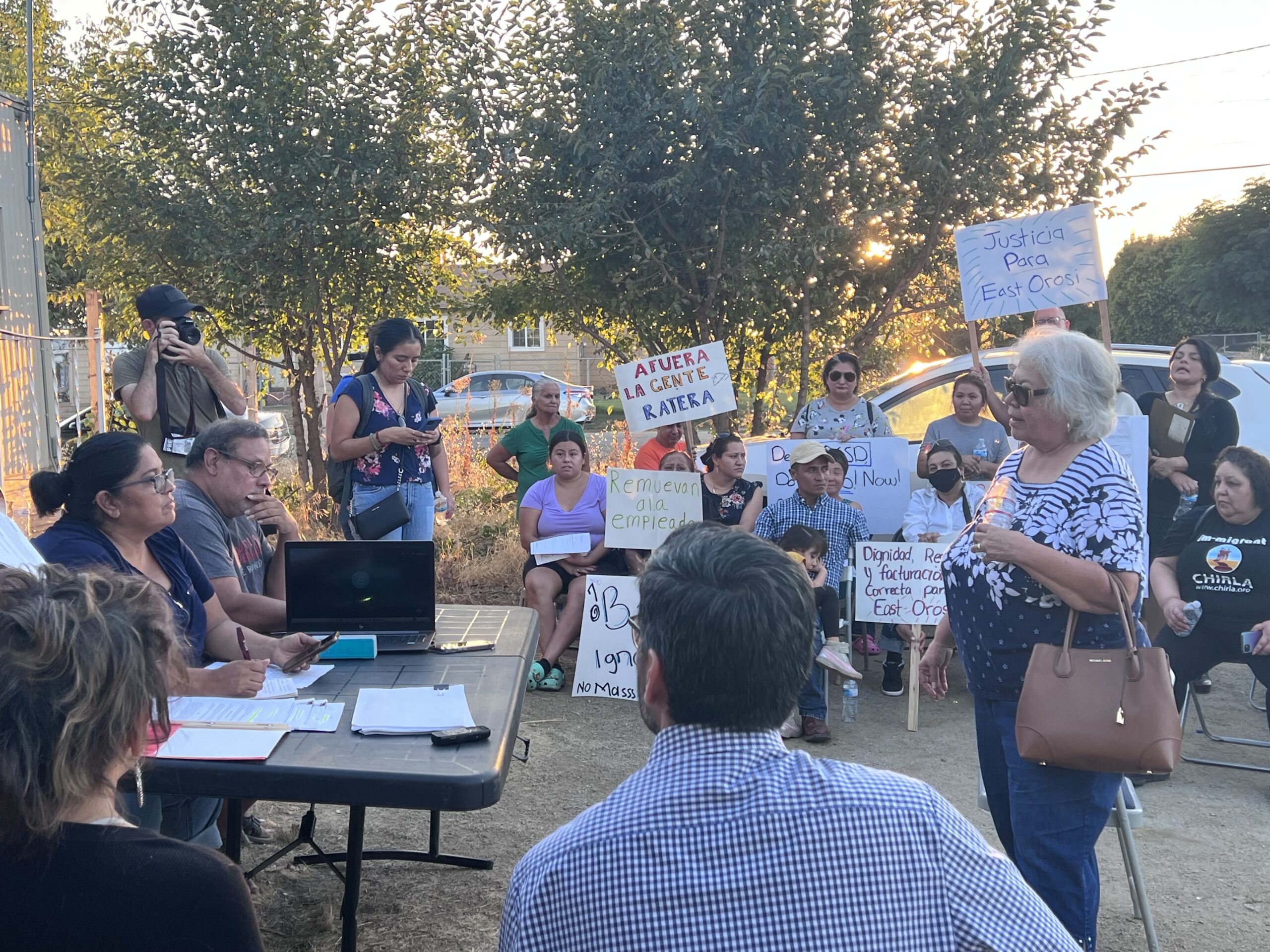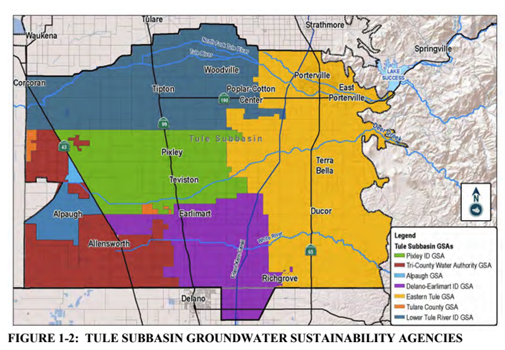Local and state water leaders were practically upbeat two years ago at the last in-person Water Summit put on by the Water Association of Kern County. At least as upbeat as California water folks typically get.
They advocated for new ideas, radical partnerships and solutions that could benefit both ag and environmental interests.
That was then.
Facing a third year of punishing drought and the bleak realities of new groundwater restrictions, the vibe at this year’s summit was more “in the bunker” than “in it together.”
A government-heavy cast of speakers talked one after the other about uncertain supplies in the face of climate change, increased regulation, coming pumping restrictions and, of course, the ever-present bummer of drought. The Mechanics Bank Theatre floor was packed Thursday with farmers and water managers, clearly happy to meet in person after going virtual last year.
But the underlying mood was somber.
Especially so when a panel of economists took the stage to discuss the “Economic Impacts of Regulations and Water Shortages.”
In one sobering study, California Polytechnic State University Professor Lynn Hamilton, looked at how different water reduction scenarios under the Sustainable Groundwater Management Act would affect jobs in the Paso Robles area. She found that water cuts would reduce jobs by between 1,358, and 3,351, depending on different factors.
Considering Paso Robles sits atop a critically overdrafted basin, as does most of the San Joaquin Valley, there will have to be water reductions unless new sources can be developed.
Which begs the questions: “What can growers afford in terms of infrastructure? And are there viable new supplies?” Hamilton asked. Her findings suggest SGMA’s economic impact to the Paso Robles area will be between $183 million and $450 million.
When asked if the panelists could point to some positives in the farming world under SGMA and other increased regulations and costs, the professors drew a blank.
Though the keynote speaker, state Water Resources Control Board Chair Joaquin Esquivel, said he was hopeful and felt there were opportunities, he acknowledged the immediate road ahead will be bumpy.
“We have to own up to the fact that we’re reconciling a system that we inherited,” he said. That system of reservoirs and dams that cut off rivers and moved massive amounts of water in canals hundreds of miles away from its home watershed was created with the knowledge of those times, Esquivel said.
Now, he said, we need to take advantage of a better scientific understanding of how to move, store and use water that’s more closely aligned to the natural landscape, such as storing water underground rather than in reservoirs.
“And there is funding we have now that also gives me hope,” he said. The Governor’s proposed budget includes $500 million to be added to the $2.7 billion approved by voters in 2014 under Proposition 1 for more water storage projects.
“But we need to think of those projects differently,” he added.
Esquivel also touched on what he noted was a “touchy” subject – water rights.
The Water Board has instituted curtailments on several river systems in northern California, curbing what rights holders can take. The curtailments are considered an emergency drought measure, but the state is clearly moving toward taking a stronger hand in how water rights are managed.
“When we think of the work we need to do around SGMA and groundwater recharge, we know it has to happen,” he said. “We know we have to change the system. Water rights can be there as a tool to be able to manage supplies through not just a drought but when there is water again. Our water rights system can be there to facilitate decisions on projects and help us make decisions, or they can be a hindrance.”
He repeated the need to “track the drops” and understand how much water truly is available in watersheds, who has rights to that water, and exactly how much those rights holders can claim.
We are witnessing “unprecedented” events in water right now, with supplies lower than they’ve ever been and great challenges lie ahead, Esquivel said. But this is also a “generational moment” when we can make great changes, he said.
“We need to lean into the projects we know we need to be doing.”
Share this:
- Click to share on Facebook (Opens in new window)
- Click to share on Twitter (Opens in new window)
- Click to share on LinkedIn (Opens in new window)
- Click to share on Reddit (Opens in new window)
- Click to share on Tumblr (Opens in new window)
- Click to share on Pinterest (Opens in new window)
- Click to share on Pocket (Opens in new window)
- Click to share on Telegram (Opens in new window)
- Click to share on WhatsApp (Opens in new window)
- Click to print (Opens in new window)










